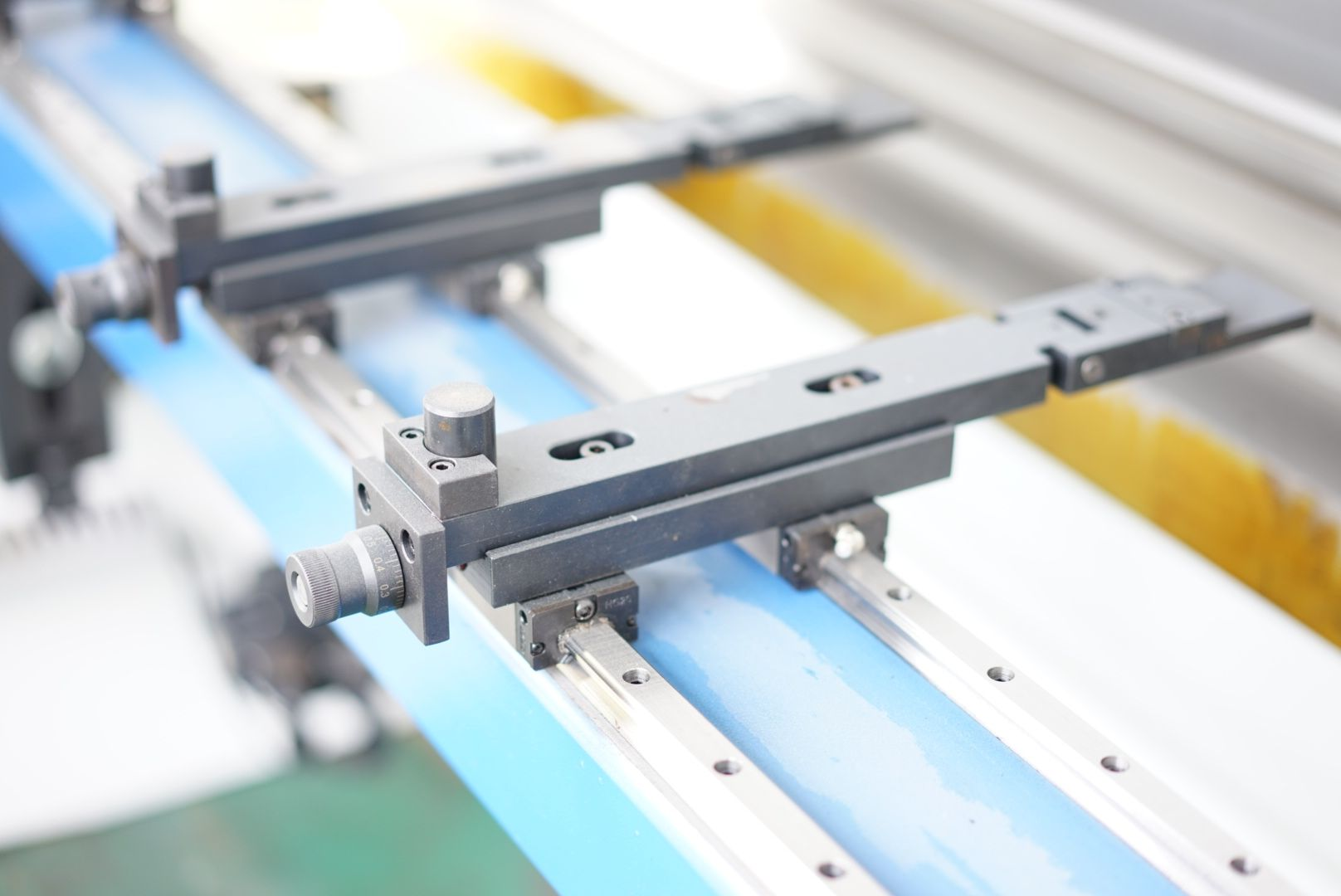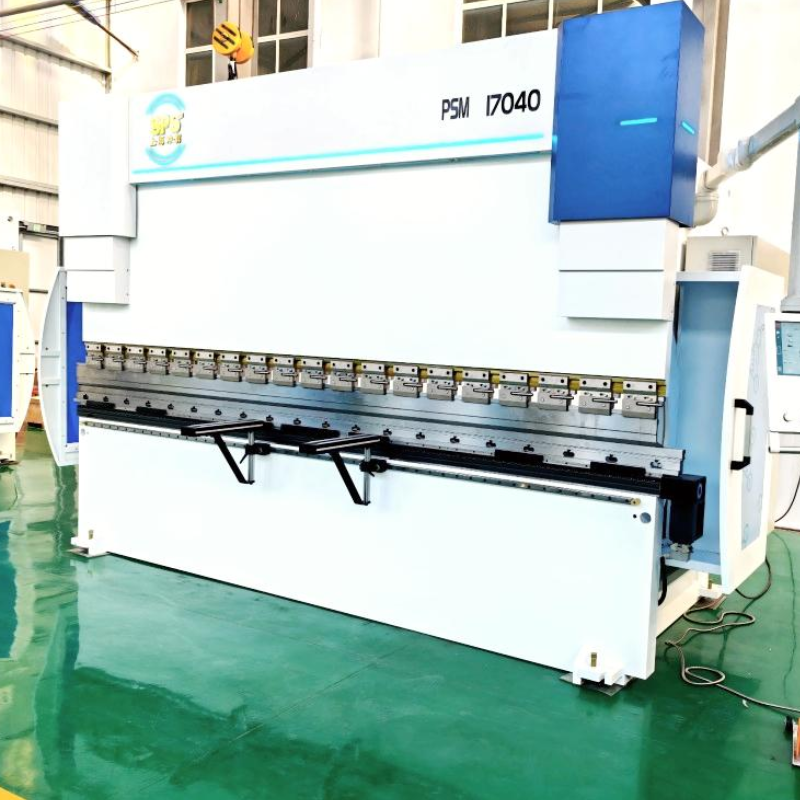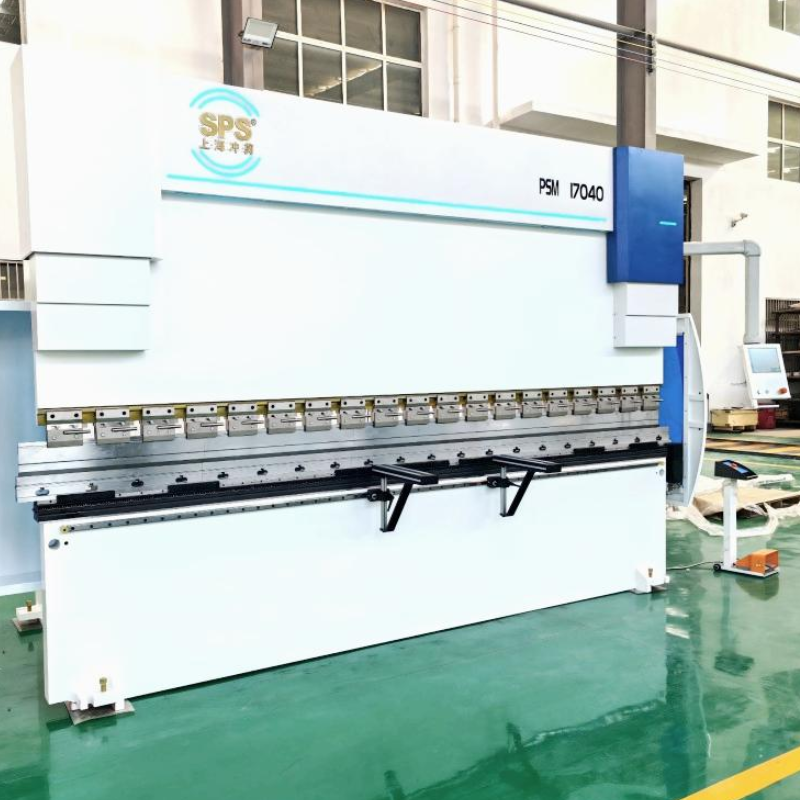small press brake
A small press brake is a versatile metal forming machine designed for precise bending and shaping of sheet metal materials. This compact equipment combines advanced technological features with user-friendly operation, making it ideal for small to medium-sized manufacturing facilities. The machine utilizes hydraulic or mechanical force to bend metal between a matching punch and die, creating accurate angles and forms. Modern small press brakes incorporate CNC controls, allowing for programmable bend sequences and repeatable accuracy down to fractions of a millimeter. These machines typically handle material thicknesses ranging from thin sheet metal to moderate plate, with bend lengths usually up to 1200mm. They excel in producing complex shapes, brackets, enclosures, and custom metal components. The integration of safety features such as light curtains and emergency stops ensures operator protection while maintaining productivity. Small press brakes often include adjustable back gauges for precise positioning and multiple axis control systems for enhanced versatility. Their compact footprint makes them particularly valuable in workshops with limited space, while their energy efficiency contributes to reduced operational costs.


